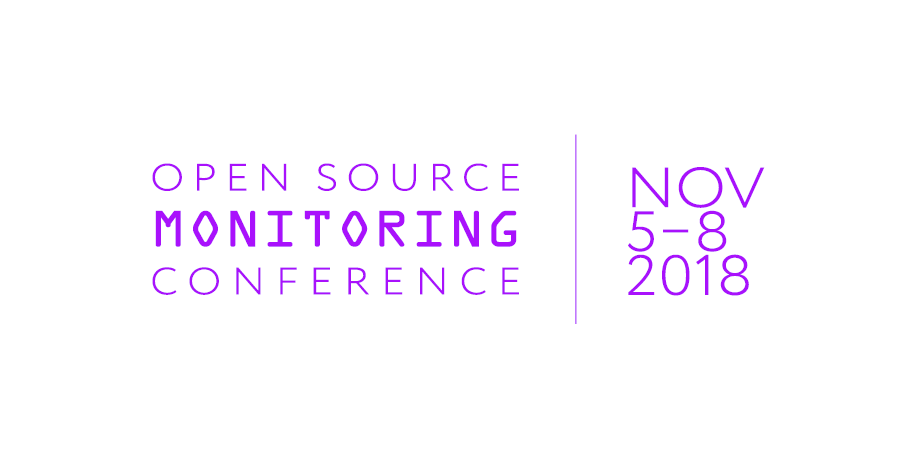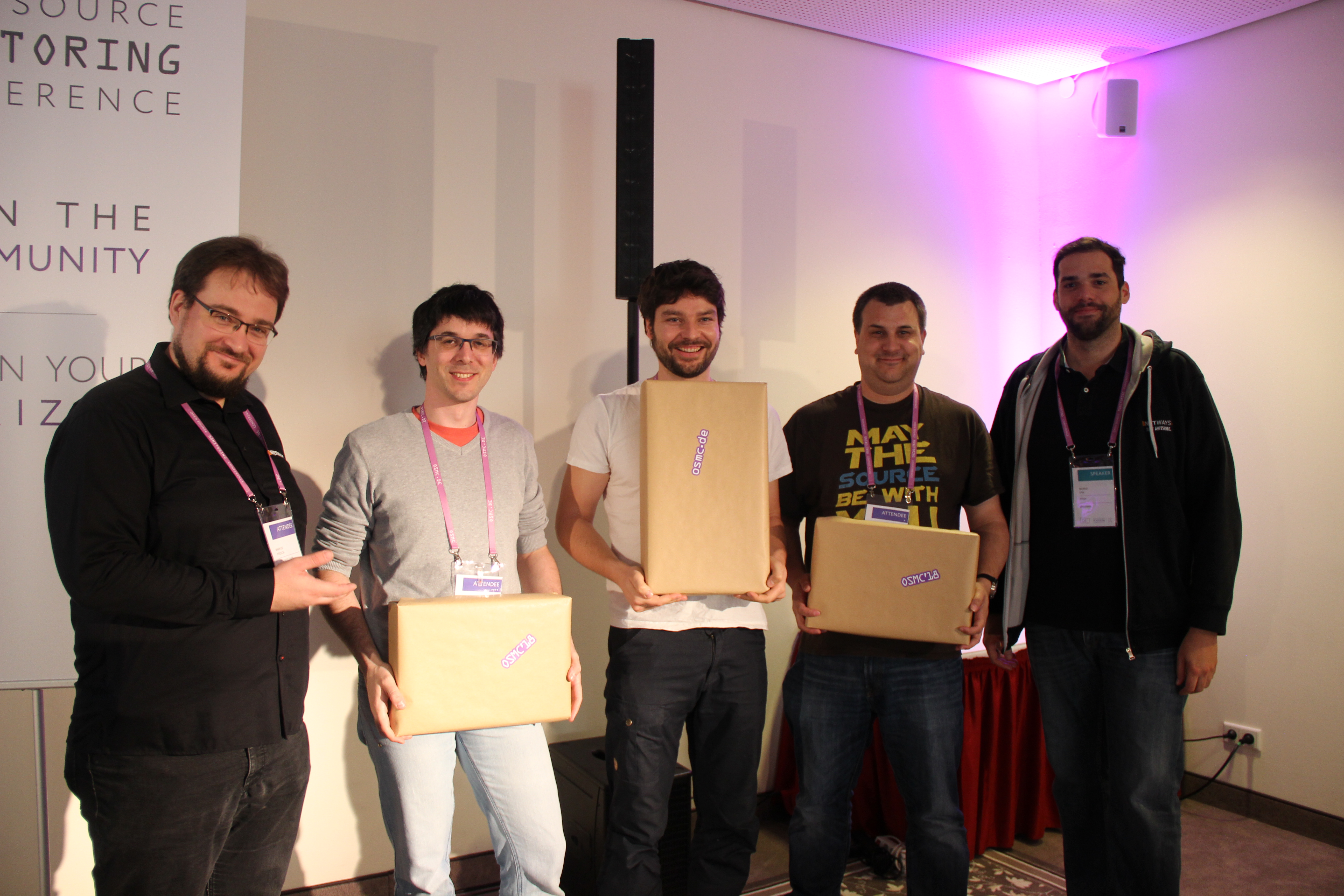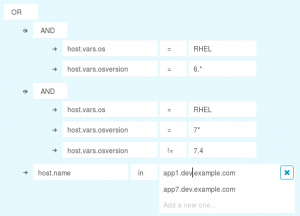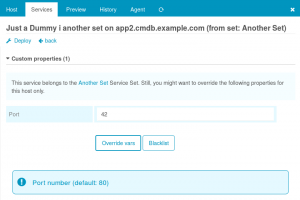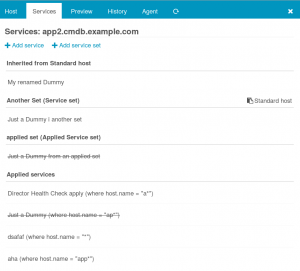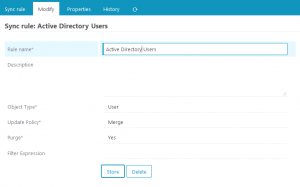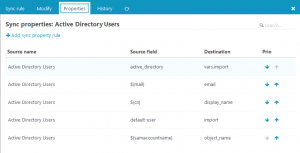The evening event was again great food, drinks and conversation and while it ended in the early morning for some people, rooms were full of attendees again for the first talk. It was a hard choice between probably great talks but in the end I had chosen Rodrigue Chakode with „Make IT monitoring ready for cloud-native systems„. Being a long-term contributor to several Open Source Monitoring he used his experience to develop Realopinsight as a tool bringing existing monitoring tools together and extending them for monitoring cloud-native application platforms. In his live demo he showed the webinterface and Icinga 2, Zabbix and Kubernetes integration including aggregation of the severity for a specific service across the different solutions.
„Scoring a Technical Cyber Defense Exercise with Nagios and Selenium“ by Mauno Pihelgas was a quite uncommon case study. Locked Shields is the biggest Cyber Defense exercise involving 22 teams defending systems provided by vendors against hundreds of attacks. Mauno is responsible for the availability scoring system which gives the defending teams bonus points for availability of the systems, but of course it makes also available for attacks which if successful will cause loss of points. The data collected by Nagios and Selenium are then forwarded to Kafka and Elasticsearch to provide abuse control and overall scoring. To give you some numbers over the 2 days of the exercise about 34 million checks are executed and logged.
Susanne Greiner’s talk „Mit KI zu mehr Automatisierung bei der Fehleranalyse“ was on using Artificial Intelligence for automatic failure analyses. Her talk started from anomaly detection and forecasting, went through user experience and ended with machine learning and deep learning. It is always great to see what experts can do with data, so running anomaly detection and forecasting on the data, adding labels for user experience and feeding them to the AI can increase troubleshooting capabilities. And better troubleshooting will result in better availability and user experience of course what perhaps is the main goal of all IT.
At the evening event there was again some gambling and after lunch the guys how managed to win the most chips won some real prices.
While some still enjoyed the event massage, Carsten Köbke started the afternoon sessions with the best talk title „Katzeninhalt mit ein wenig Einhornmagie“ (Cat content with a little bit of unicorn magic). Being the author of the Icinga Web 2 module for Grafana and several themes for Icinga Web 2 he demonstrated and explained his work to the audience. It is very nice to see performance data with annotations extracted from the Icinga database nicely presented in Grafana. The themes part of the talk was based on the idea of every one can do this and monitoring can be fun.
Thomas and Daniel teamed up to focus on log management and help people on choosing their tool wisely in their talk „Fokus Log-Management: Wähle dein Werkzeug weise„. They compared the Elastic stack and Graylog with each other in multiple categories, showing up advantages and disadvantages and which tool fits best for which user group.
„Eliminating Alerts or ‚Operation Forest‘“ by Rihards Olups was a great talk on how he tried reducing alerts to get a better acceptance and handling of the remaining alerts, getting problems solved instead of ignored. The ‚Operation forest‘ mentioned in the talk’s title is his synonym for there infrastructure and alerts are trash he does not like in his forest, because trash attracts trash, like alerts attract alerts because if the numbers grows they tend to be ignored and more problems will get critical causing more alerts. It is not a problem of the tool used for monitoring and alerting but he had not only nice hints on changing culture but also technical ones like focusing on one monitoring solution, knowing and using all features or making problems more recognizable like putting them into the message of the day. For those having the same problems in their environment he wrote a shitlist you can check the problems you have and the number of checked items will indicate how shitty your environment is, I recommend having a look at this list.
Last but not least Nicolai Buchwitz talked about the „Visualization of your distributed infrastructure“ and with his Map module for Icinga Web 2 he is providing a very powerful tool to visualize it. All the new features you get from the latest 1.1.0 release make it even more useful and the outlook on future extensions looks promising. Nicolai concluded with a nice live demo showing all this functionality.
So it was again a great conference, thanks to all speakers, attendees and sponsors for making this possible. I wish everyone not staying for the hackathon or Open Source camp „Save travels“. Slides, videos and pictures will be online in the near future. I hope to see you on next year’s OSMC on November, 4th – 7th!

